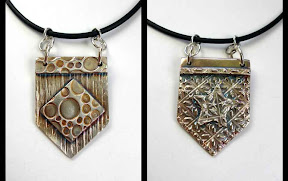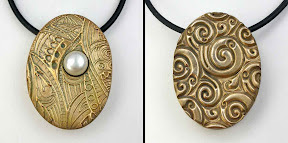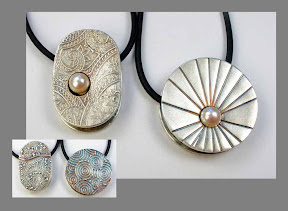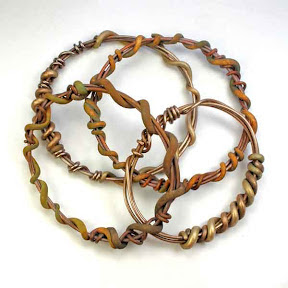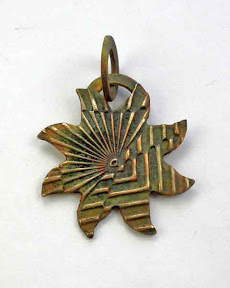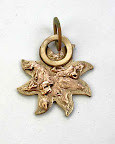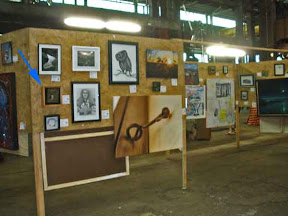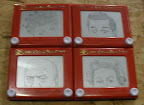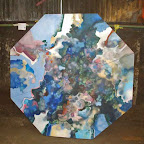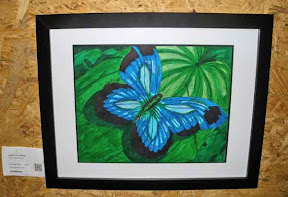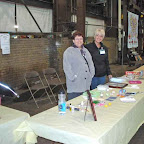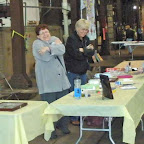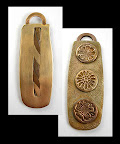OK, now, let me get back to silver again…. While I’m perfectly happy to have beginners in sessions like the box-pendant workshop I mentioned in my last couple of posts, I also enjoy offering start-up workshops with much simpler projects. Especially with silver: many people are happy to dive right in and try it but, especially given the price of silver these days, some may be more hesitant, concerned about doing something wrong, perhaps not yet fully grasping how easy it is–with metal clay–to just squish it up and start over! (Well, there are a few limits, but it sure is easier to “just start over” without any waste using the metal clay approach than it is with traditional metalsmithing.)
In the past, I’ve offered a collage / mosaic class that’s pretty straightforward; this summer I’ll be offering one (or more) with the option of doing a somewhat simpler layering approach.
With this post are photos showing both sides of three of the sample pieces I made for this. I try to make ones that I can use to present a number of design and construction issues.
Just few of the points I can make with these are issues involving: using a texture stamp, creating your own design, and combinations of those; deep versus shallow textures and various ways they interact; rolling “coils” and “balls” of clay and different things you can do with those; pre-fire finishing of textured versus plain areas; and more.
Of course, we’ll also cover the different methods of joining pieces–wet to wet, wet to dry, and dry to dry–and how to “reactivate the binder” in dry elements for secure joins.
Also, using these (and a number of other examples I’ll bring to class), we can discuss a range of ways to hang a pendant. Of the three sets of images I chose to show here, my own opinion is that:
- one works just fine in general;
- one is OK as long as you pay attention to what you hang it from; and
- one needs “something else” (which I’ll take to show) to make it work reasonably.
Can you tell which is which?
Also, later this summer I’ll be offering one or more Add-a-Cab workshops. Folks who’ve taken a class from me, or from someone else, or who’ve made a piece on their own, will be able to come and add a (most likely 6 mm) cabochon to it. This will be an introduction to stone-setting, so you can see what’s involved, before you get into doing something more complicated (which I’ll address in other workshops later on). I may use one of my layered pieces in the demo for that. I think I’ve picked one out for that purpose, but I’m still debating if that’s the right one. If you have a suggestions there, feel free to chime in with a comment on that too.
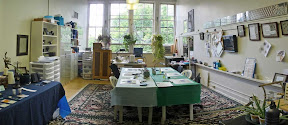
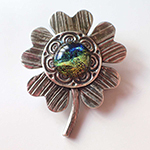 Artsmiths of Pittsburgh
Artsmiths of Pittsburgh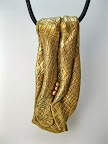 Hoyt Center for the Arts, New Castle, PA
Hoyt Center for the Arts, New Castle, PA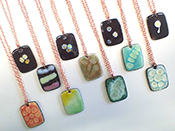 Portage Hill Gallery, Westfield, NY
Portage Hill Gallery, Westfield, NY _Open Houses in my Studio
_Open Houses in my Studio _Or…contact me about hosting a private party!
_Or…contact me about hosting a private party!

